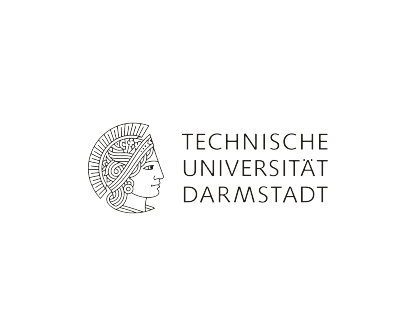The ever-increasing demand for computing power calls for radical new ways to reduce emissions, mitigate risks, improve system resilience, and eliminate single points of failure. The Autopoiesis Cognitive Edge-cloud Services (ACES) project answers the call by replacing the dominating cloud computing paradigm with AI-operate edge microdatacenters.
Existing cloud computational systems primarily follow the principle of homeostasis. They respond to known types of failures based on pre-programmed instructions. Although efficient, this approach necessitates considerable human intervention, a resource unavailable at the edge.
The ACES project advances beyond homeostasis and incorporates autopoiesis into system design. Autopoiesis, derived from biology, describes a system capable of reproducing and maintaining itself. In an ACES edge cluster, the system continually monitors its state and can take proactive measures to preempt potential failures. This is achieved without human interaction, a significant advancement from traditional homeostatic systems.
In a collective of ACES edge clusters, the system progresses a step further and achieves a state of anti-fragility, a concept introduced by Nassim Nicholas Taleb. Unlike resilience or robustness, which describe systems that recover from shocks or resist them, anti-fragility is a property that allows systems to adapt and improve in the face of disruption. Here, the clusters share locally discovered solutions, enhancing the overall system’s ability to adapt and improve.
This collective learning and problem-solving capability is facilitated by swarm intelligence enabled by the Cognitive Framework and a Distributed Knowledge Base implemented with a partition-tolerant architecture of eventual consistency. Eventual consistency, a model used in distributed computing, allows the system to operate under the assumption that all data may not be immediately consistent across all nodes but will eventually become consistent over time.
Thus, even when disconnected, ACES edge clusters can quickly reconcile their knowledge and collectively learn from failures, preempting future problems.







0 Comments